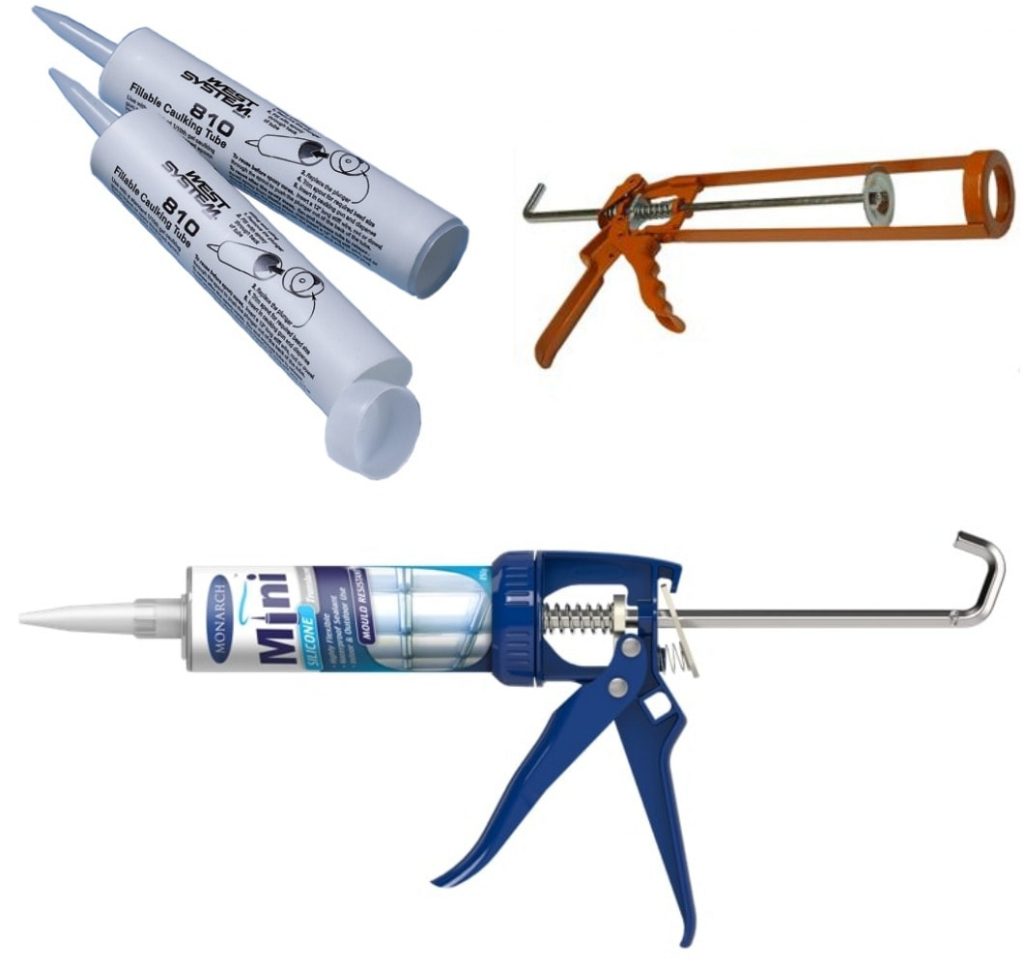How to Apply Caulking to Insulate Exterior Windows – Instruction Video
According to the Environmental Protection Agency (EPA), air leaks around windows waste considerable energy. That’s why they suggest caulking as one of the fastest and cheapest remedies to help conserve energy and reduce power bills. While you might approach window caulking as a DIY project, the EPA also suggests hiring professionals for ductwork or any part of your home you don’t feel comfortable doing yourself.
What is Window Caulking?
You might buy caulk made out of acrylic latex or silicone. You may find it in a disposable cartridge or tube that fits into a caulking gun, and this is the sort of supply suggested for doing any more than a small area. Some companies also make pressurized cartridges that don’t require using a caulking gun. For very small jobs, you might also find spray cans or tubes.
Before you buy your caulk, you should know about various options:
- If you need the finished product to match a certain color, you should look for acrylic latex that you can paint.
- You don’t paint silicone, but you may find it offered in various colors. Typically, silicone will last longer than latex.
- If you buy standard cartridges, you can estimate using about one-half cartridge for each window.

Caulking tubes (top left); caulk gun (top right); caulking tube loaded in a caulk gun (bottom).
How Does Caulking Windows Benefit You?
Air leaks allow heat to escape in the winter and enter your home in the summer. Either way, you’ll make your HVAC system work harder than it needs to, possibly shortening the time between calling for repairs or even new units. As your system works harder, it will consume more power. Thus, you’ll pay the energy company more than you need to. At the same time, your system can’t keep you as comfortable as it could with a well-sealed and insulated home.
The EPA estimated that this simple project could save 10 to 20 percent on energy costs for a typical home and cost most people no more than $30 and a couple of hours to do it themselves. Since it’s a fairly simple task, professionals usually charge modest fees to provide this service as well.
Even if the holes don’t go all the way through, they can also cause other serious problems. Rainwater can seep through into the space between your walls and into your insulation and wiring. Besides water damage, you may have a source of mold or even electrical problems. For a quick, inexpensive job, window caulking can save you a lot of money and keep you more comfortable.
When Do You Need to Caulk Windows?
Caulking should be a priority when you install new windows and if you see any obvious gaps or holes around your existing window. If you already have caulking, check its condition. After some time, latex caulk tends to crack. Any caulk may start to pull away from the window and frame. At that time, you should re-caulk.
Of course, if you’ve never had your windows caulked, you should consider investing a very modest amount in a task that can help save you money and energy in the future.
You can also consider these tips on how you can detect tough-to-find air leaks:
- On your home’s exterior, check for places where two different types of materials meet, such as around your window frames.
- Check for cracks or holes in the panes.
- Look at the condition of the existing caulk.
- Give your windows a tap or light shake to see if they rattle at all.
- Check any places where you feel a draft when you’re near the window.
- Open the window and put a piece of paper on the sill, so you can close the window on it. If it’s easy to pull out the paper, you know that you do not have a good seal on the bottom.
Watch the Caulking Process
Skip to 9:59 for caulking process.
These instructions describe the basic caulking process:
- Clean the area where you plan to apply caulk. You can use a screwdriver, putty knife, or cleaning brush to help remove old caulk and or paint. After cleaning, make certain that you have dried off the area you want to caulk.
- Also, choose a day without rain and with low humidity and a temperature of at least 45°F outside for your caulking project. If you try to caulk in wet weather, you risk trapping moisture inside cracks. If it’s too cold, your caulk won’t set properly.
- Hold your caulking gun or other kind of product at a 45-degree angle to the caulking area, and try to apply caulk in a steady stream.
- Make certain that the caulk sticks to each side of the gap. You can also maneuver caulk into place a little with a putty knife before it dries.
- To ensure the caulk is smooth, spray it with a little WD-40 after squeezing from the caulking gun.
- Wipe smooth with your finger to remove ridging or bubbling, then remove the residue with a clean rag.
Where You Should Not Caulk
Once you learn about all the benefits of window caulking, you might feel enthusiastic about this simple way to help conserve energy and save money.
On the other hand, you cannot apply caulk everywhere. It’s important to learn about places you should not point your caulk gun:
- Weep holes: You may find a small hole at the outside frame’s bottom. It’s supposed to release moisture that gets trapped behind the window.
- Moving parts: Obviously, you don’t want to seal your windows closed. For example, if you have a double hung frame, don’t caulk the sashes.
- Trimmed-out windows or above windows: Caulking these areas can cause damage because they’re already designed to carry away excess moisture.
Time to Start Caulking!
Caulking should not take more than a couple of hours and a few dollars. In turn, you could enjoy a draft-free home and cheaper energy bills. If you decide to do it yourself or hire a professional, you should enjoy returns on your home-improvement investment right away.
Article reviewed by Dan Bawden, CAPS, GMB, CGR, CGP, and President of Legal Eagle Contractors.






